Get an impetigo treatment cream
![]() Response time: 1-2 working days
Response time: 1-2 working days
- Care from board-certified dermatologists
- Affordable expert care
- Free choice of pharmacy
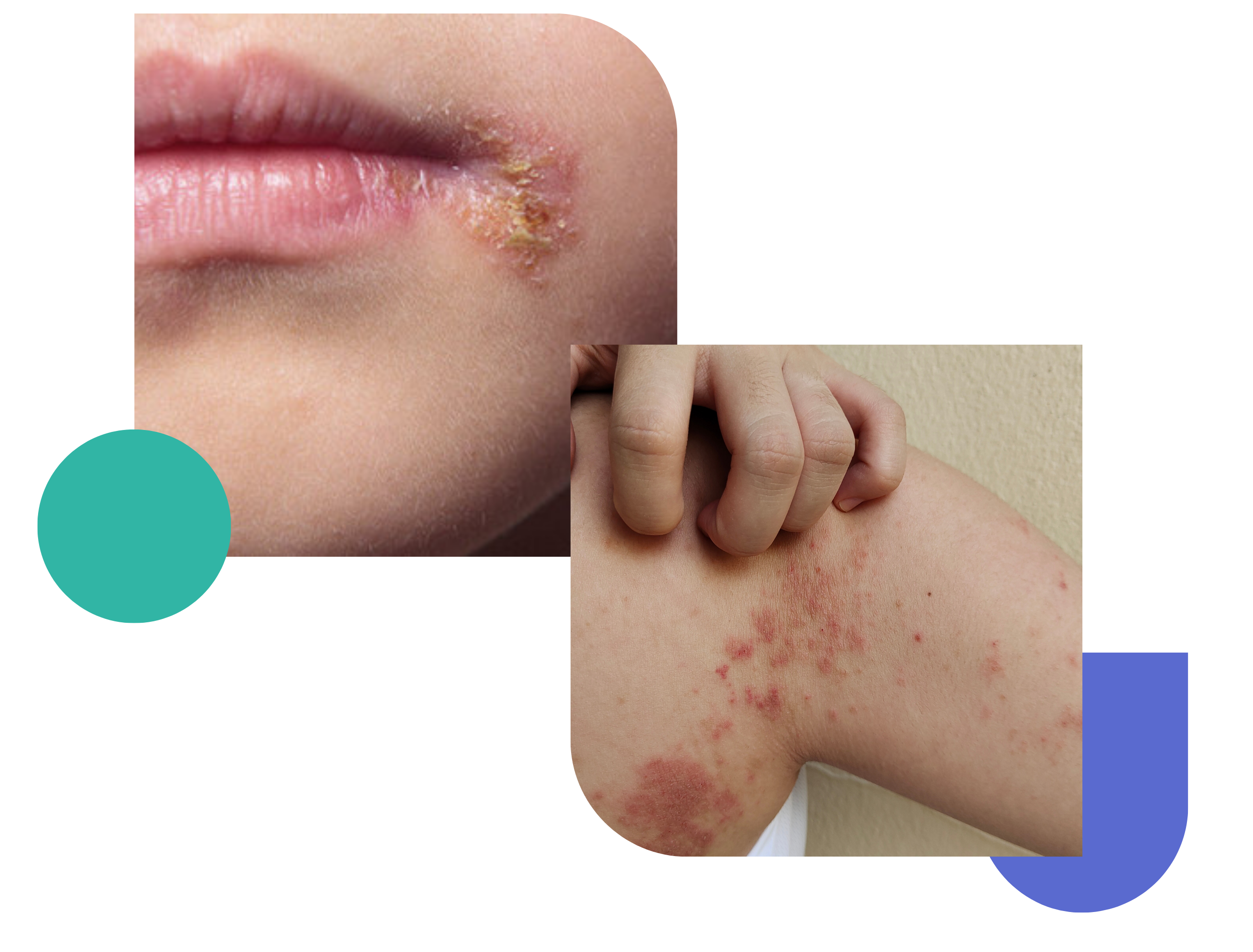
Why get impetigo treatment via Miiskin?

First consultation is $59 and medication refills are $39.

No subscriptions, order your treatment on-demand.

Customized melasma cream with up to 5 ingredients.
*The Miiskin-affiliated dermatologists are independent healthcare providers. Miiskin does not interfer with their practice of medicine.
What is impetigo?
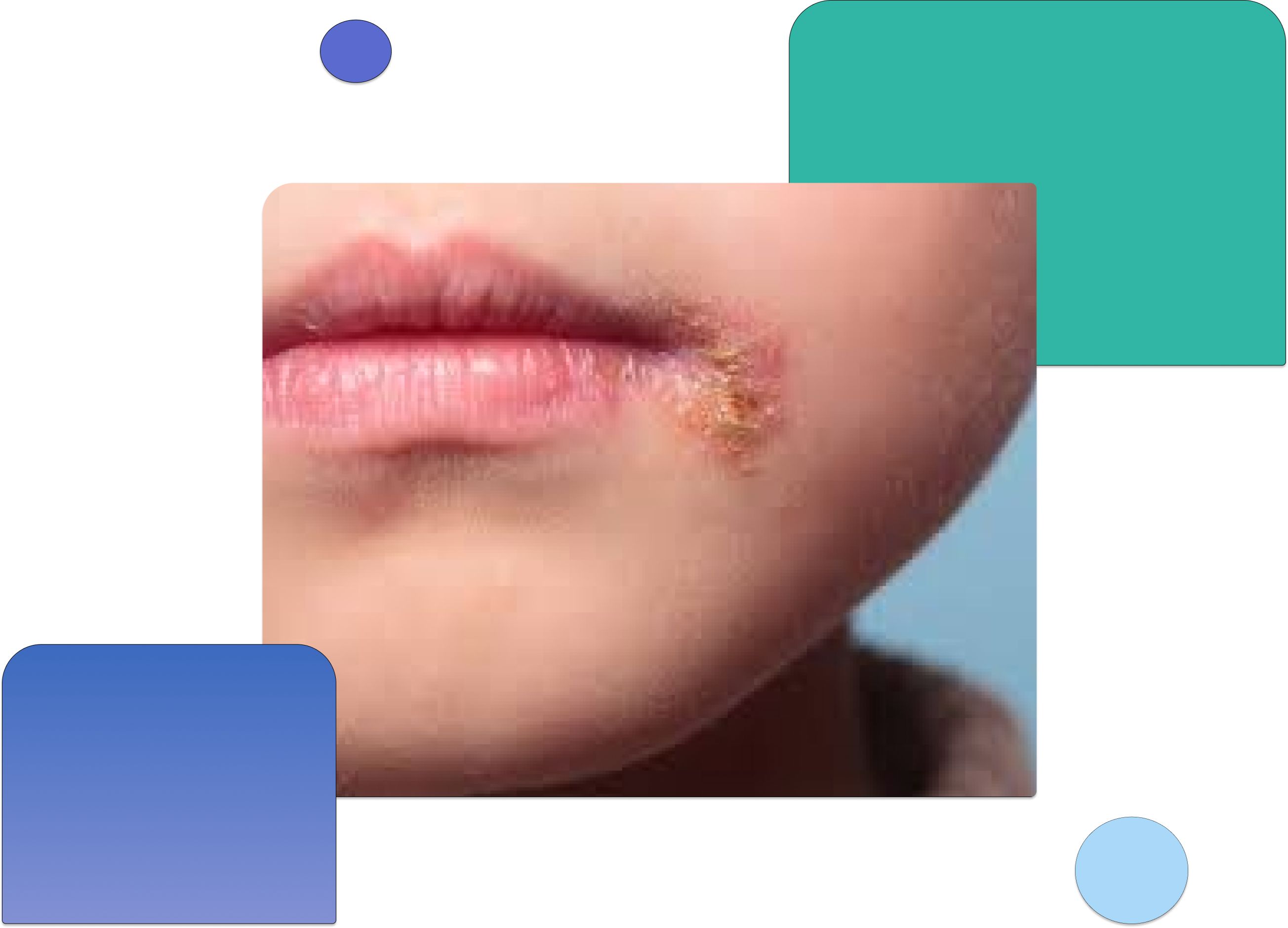
Impetigo is the most common bacterial skin infection in children aged 2 to 5, but it can occur at any age. It has two main forms: nonbullous (about 70% of cases) and bullous (about 30%).
It can appear on healthy skin or develop over insect bites, eczema, or herpes lesions. Bullous impetigo, caused only by S. aureus, leads to large, soft blisters that more often involve skin folds. Both types usually clear up within two to three weeks without scarring.
Impetigo is usually not serious but it should be promptly treated with topical or oral antibiotics, as it is highly contagious. Keeping the affected area clean and avoiding skin-to-skin contact helps prevent spread.1
Signs and symptoms of impetigo
- Red sores or blisters that quickly rupture
- Honey-colored crust forming over sores
- Itchy rash that may cause discomfort
- Sores most often around nose and mouth
- Swollen nearby lymph nodes in some cases
- Spread to other areas by scratching or touch2
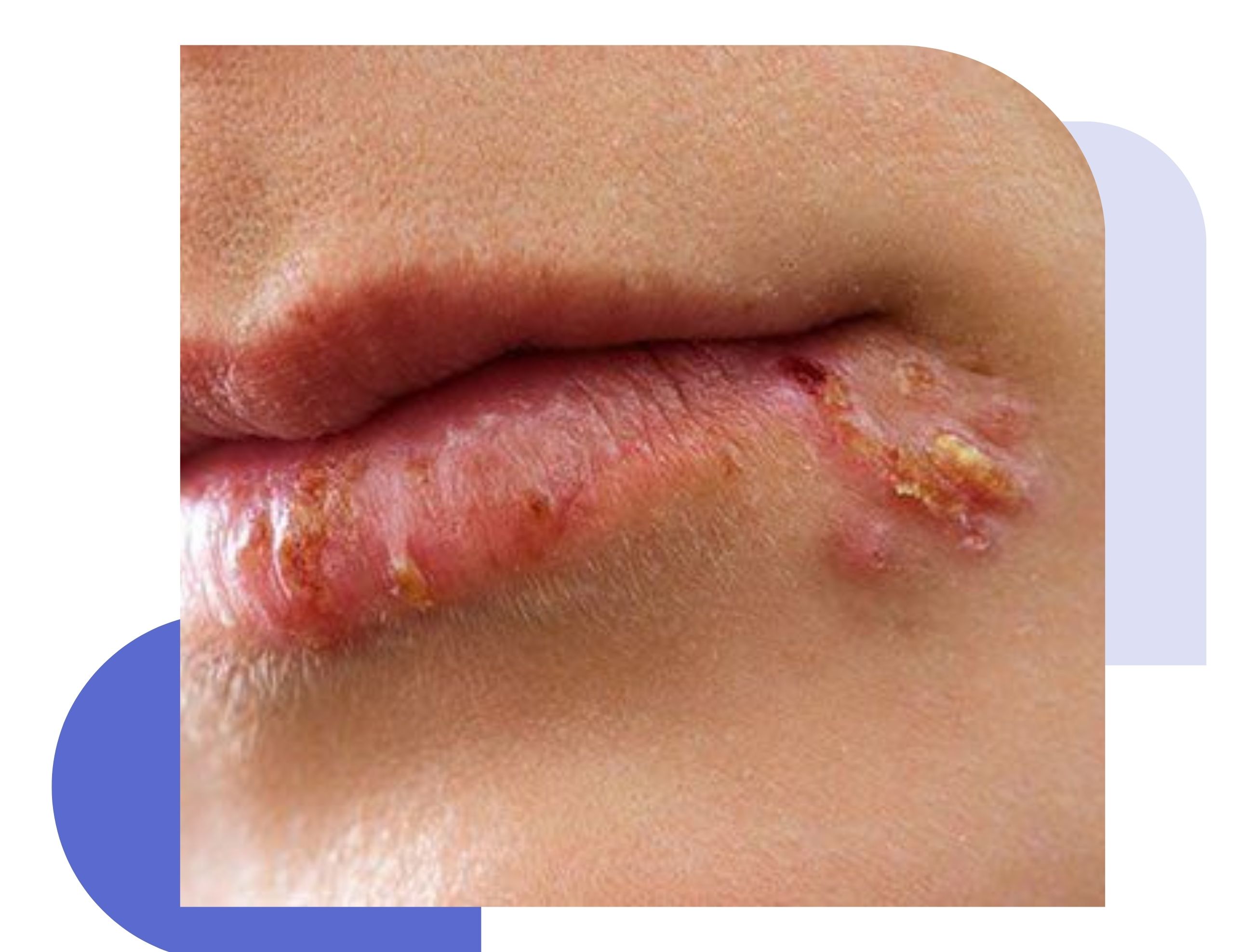
Who is at risk of getting impetigo?

Impetigo most commonly affects young children between ages 2 and 5, but it can occur at any age. It’s more likely in settings where close contact is common, like schools, daycare centers, or sports teams. You’re also at higher risk if you have a break in the skin, such as a cut, insect bite, or another skin condition like eczema, which allows bacteria to enter. Poor hygiene can also increase the chances of developing impetigo3.
Types of impetigo
There are three main types of impetigo, each varying in appearance, severity, and depth of skin involvement, and treatment can differ slightly depending on the type:
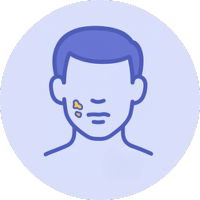
Non-bullous impetigo
This is the most common type, presenting with small blisters that burst and form a yellow crust. It is usually caused by Staph aureus bacteria but can also be caused by Strep pyogenes bacteria. It’s usually treated with topical antibiotics like mupirocin or retapamulin if mild, ensuring quick and effective healing.

Bullous impetigo
Characterized by larger fluid-filled blisters, mostly on the trunk, caused by Staph aureus. More widespread cases may require oral antibiotics such as cephalexin or dicloxacillin.
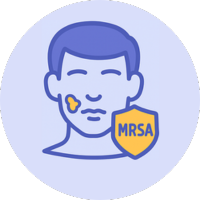
MRSA Impetigo
It is caused by methicillin-resistant Staphylococcus aureus, this form may look like typical impetigo but resists standard antibiotics. It often requires oral treatment with antibiotics effective against MRSA, such as clindamycin, trimethoprim-sulfamethoxazole (Bactrim), or doxycycline, depending on age and clinical factors4
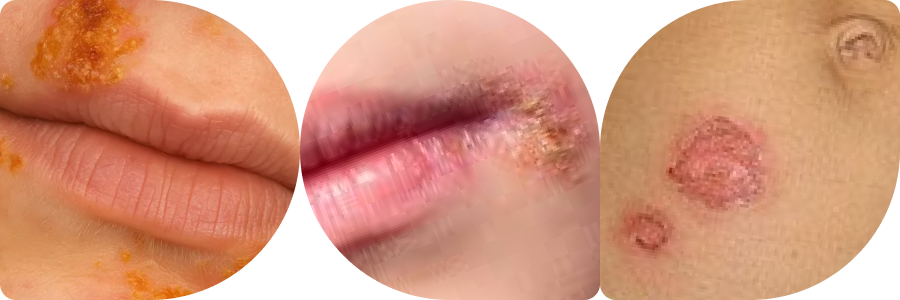
Can I get an impetigo treatment online?
Do I need a prescription for an impetigo treatment cream?
Yes, you need a prescription to get an antibiotic medication for treating impetigo. Miiskin connects you with an independent, board-certified dermatologist who can assess your condition and provide the necessary prescription.
How can I get an online prescription for an impetigo treatment cream?
You can get an online prescription through Miiskin by having a virtual consultation with an independent, board-certified dermatologist. They will review your symptoms and prescribe the right treatment, all online. Consultation price is $55 – $69.
Where to buy an impetigo treatment cream?
Once your dermatologist issues your prescription you can buy your impetigo treatment cream at a local pharmacy or at an online pharmacy and start treatment straight away.
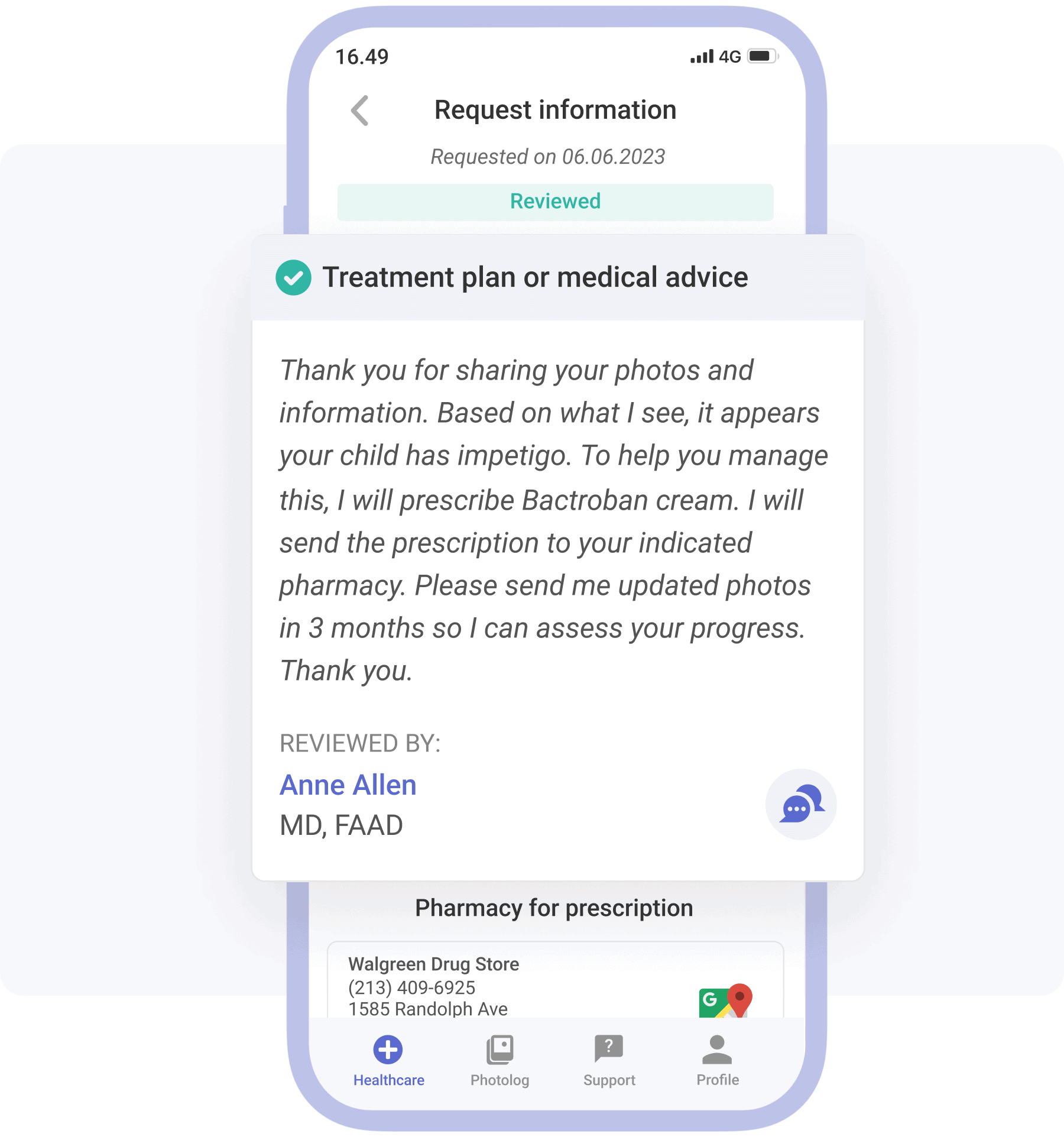
What medications are commonly prescribed for impetigo?
Impetigo is typically treated with topical or oral antibiotics to clear the infection and prevent it from spreading. The choice of medication depends on the severity and extent of the condition:
Impetigo treatment creams
Oral medication for impetigo
Meet the family-friendly dermatologists
You are in expert hands. These board-certified dermatologists offer dermatology treatment for the entire family.
To start an online consultation with a dermatologist on behalf of your child, you just need to choose a dermatologist available in your state, and select “Minor” under the “skin problem” section to ensure the consultation is properly set up for a child.

Dr. Anne Allen
Pediatric dermatologist
Licenses: 36 U.S. states

Dr. Craig Burkhart
Pediatric Dermatologist
License: North Carolina.

Dr. Anna Chacon
Dermatologist
Licenses: 50 U.S. states

Dr. Ryan Trowbridge
Dermatologist
Licenses: CA, CT, NY, TX, NE, IL.
Provider & Prescription Information
Miiskin connects patients with independent dermatologists who provide care through their own private practices. Miiskin does not employ dermatologists and does not sell or distribute medications. Any prescriptions issued by the dermatologists can be filled at third-party pharmacies of the patient’s choice.
References:
1 https://www.aafp.org/pubs/afp/issues/2014/0815/p229.html
2 https://my.clevelandclinic.org/health/diseases/15134-impetigo
3 https://www.aad.org/public/diseases/a-z/impetigo-causes
4 https://kidshealth.org/en/parents/mrsa.html


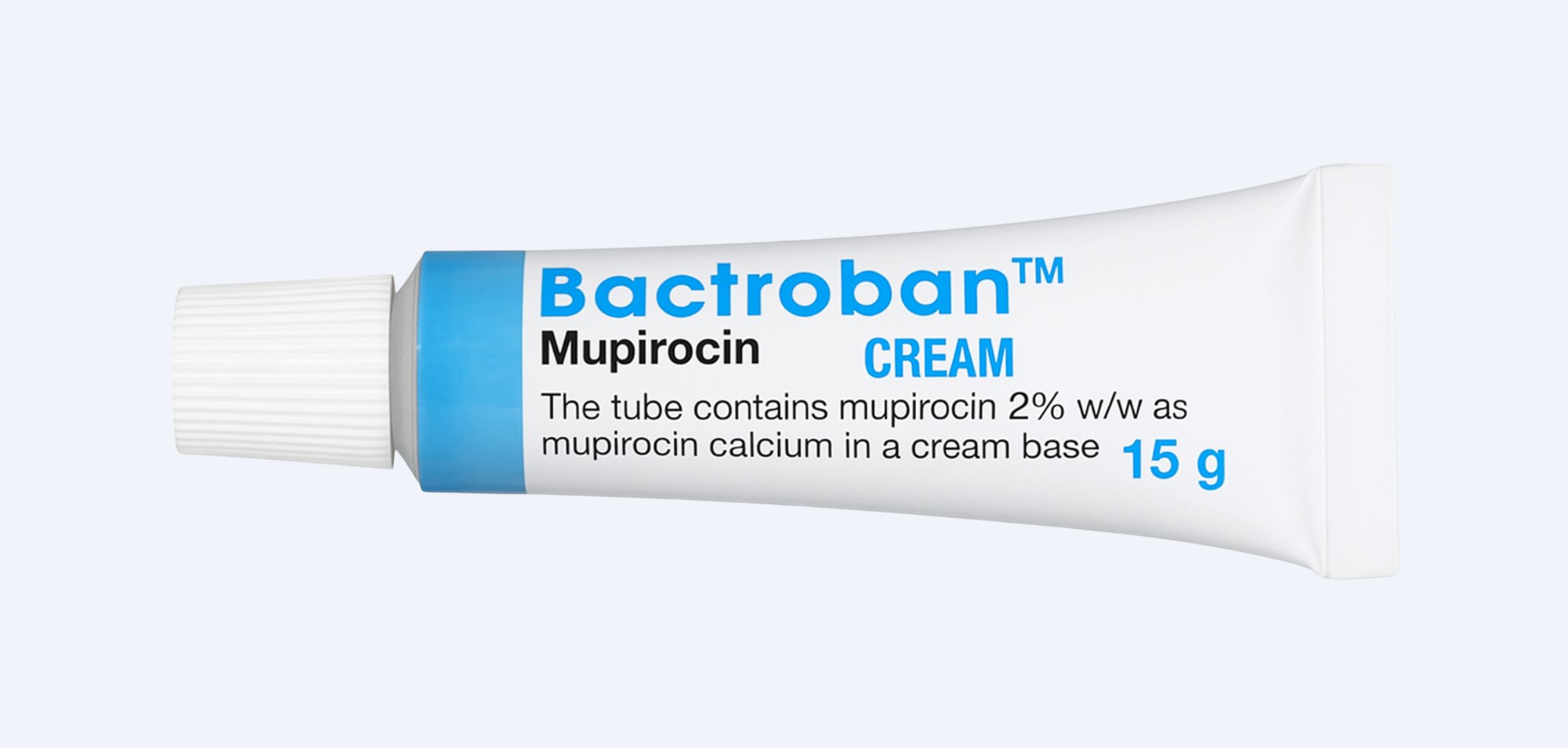
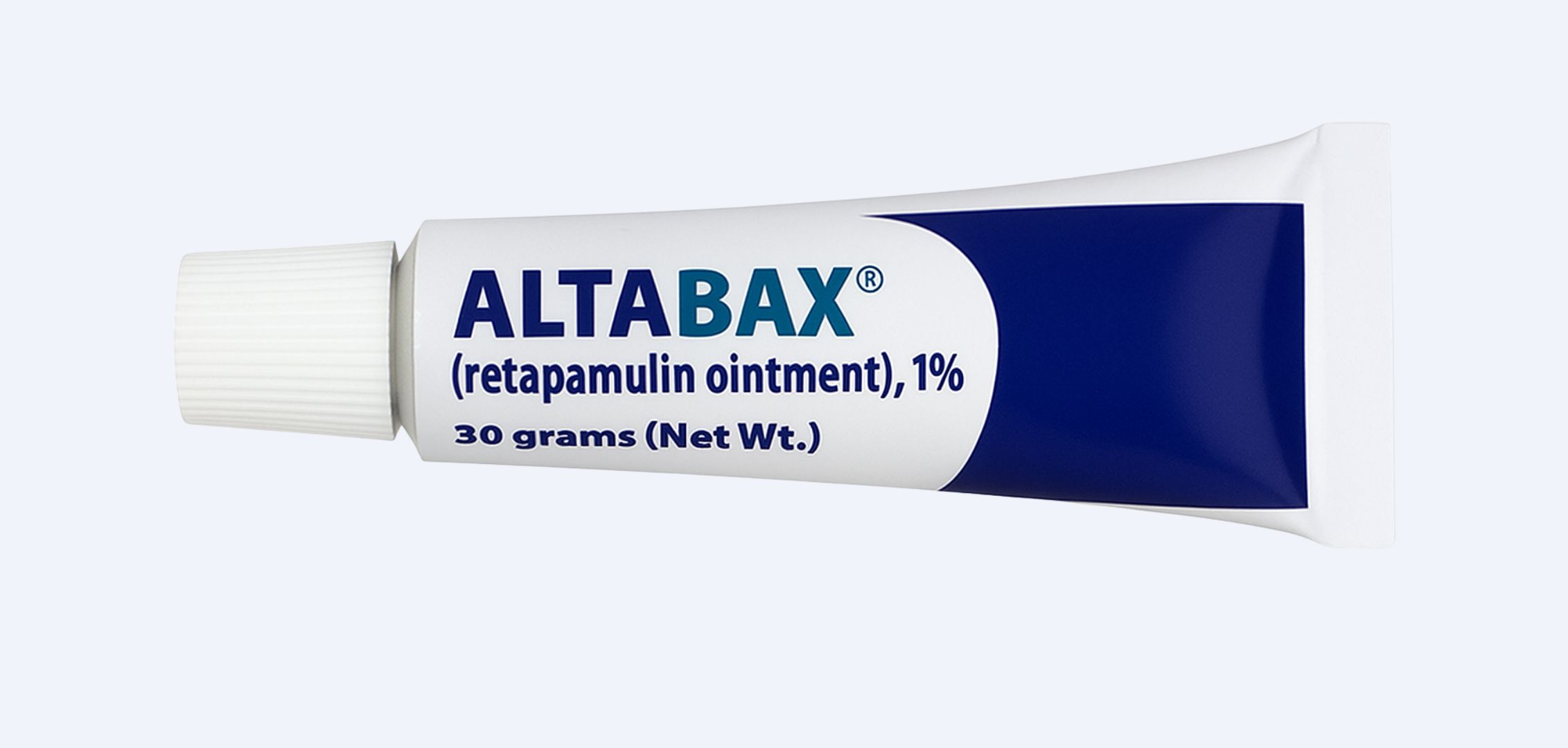
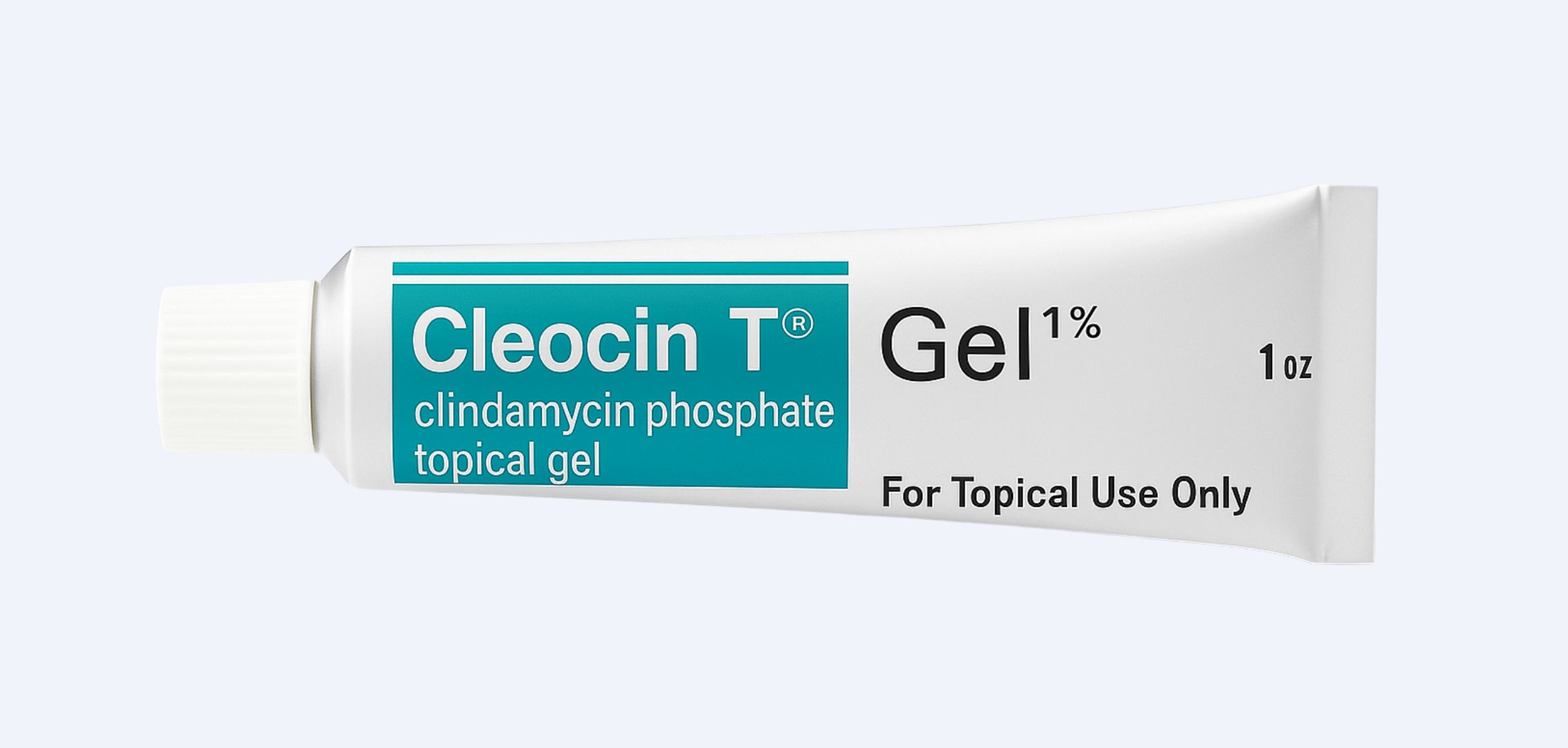
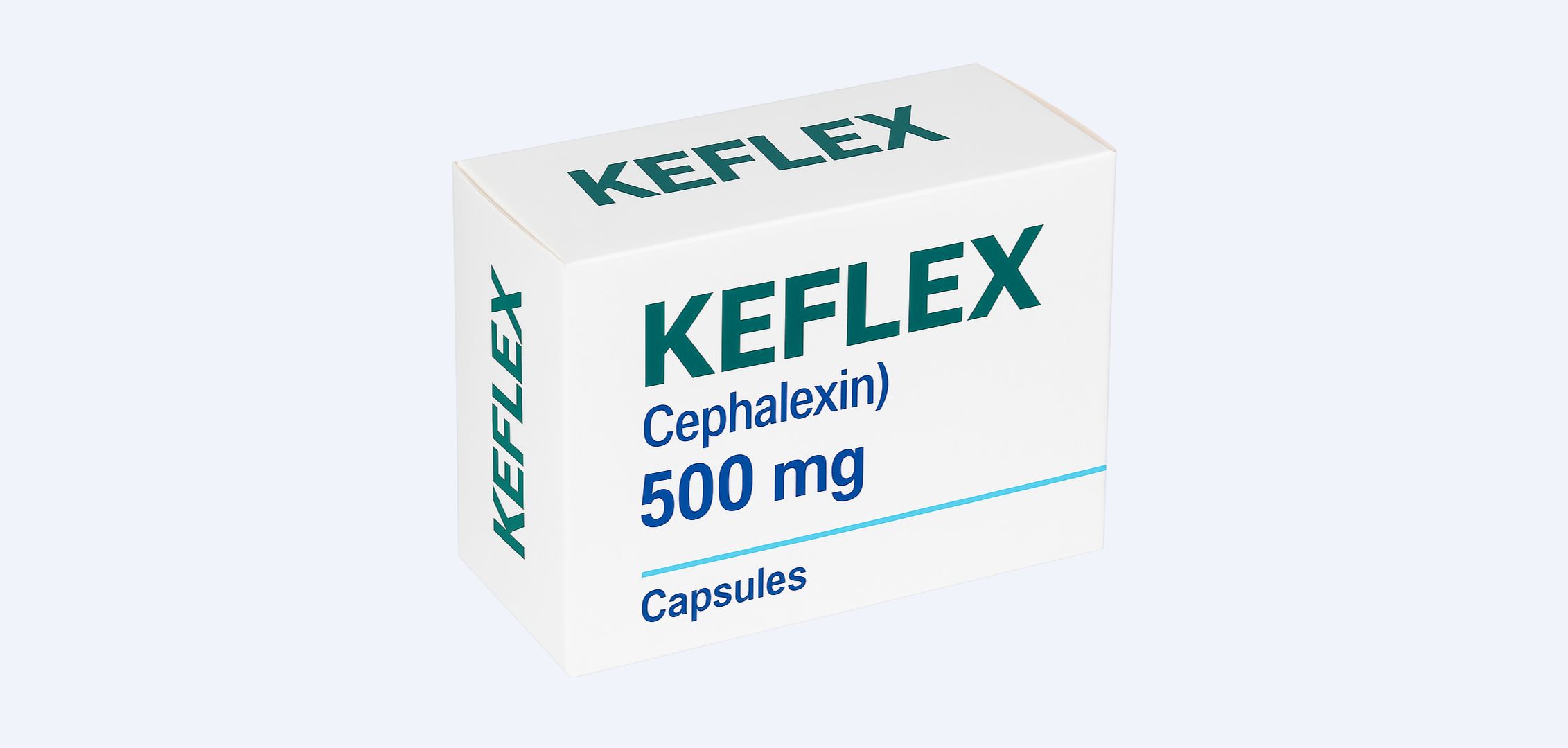
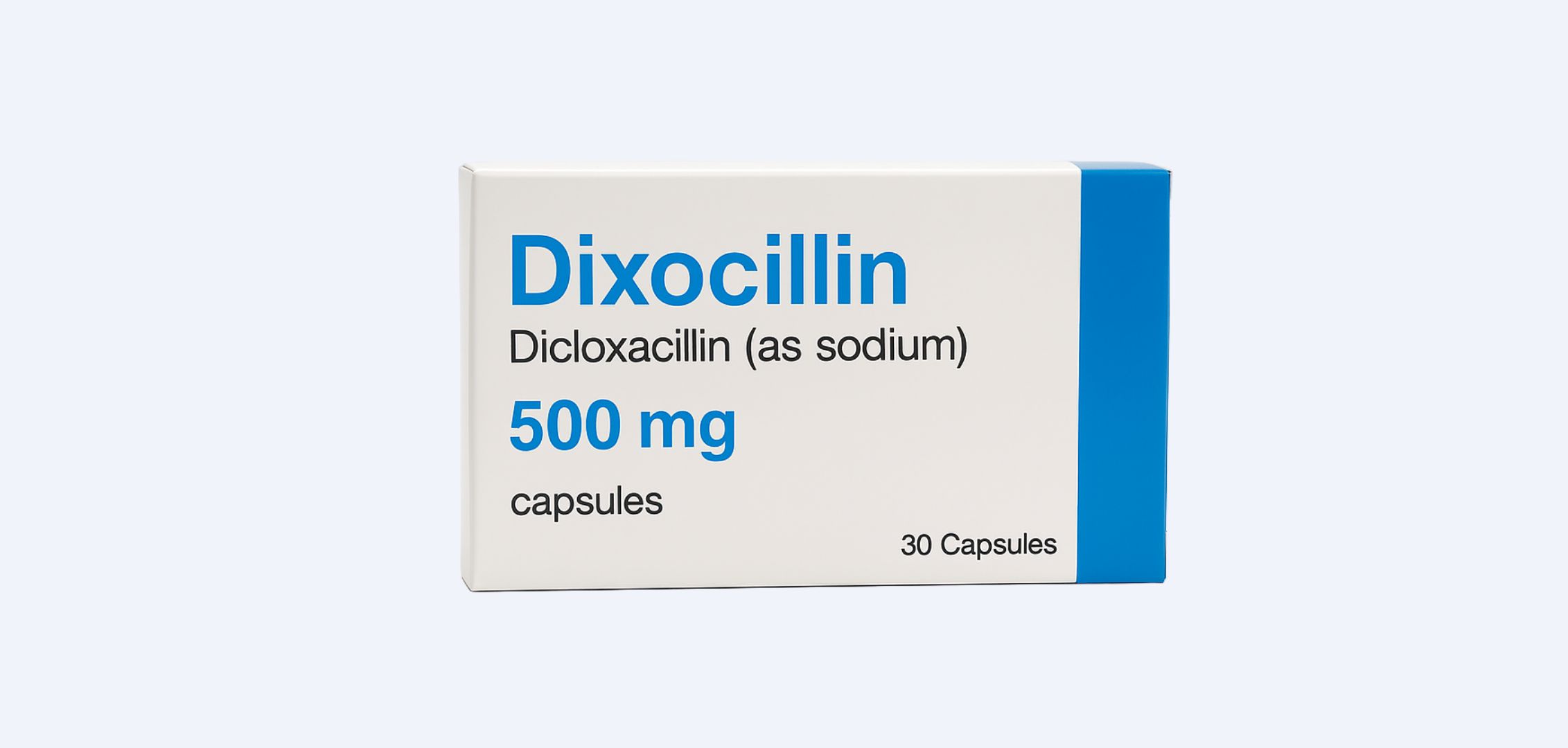
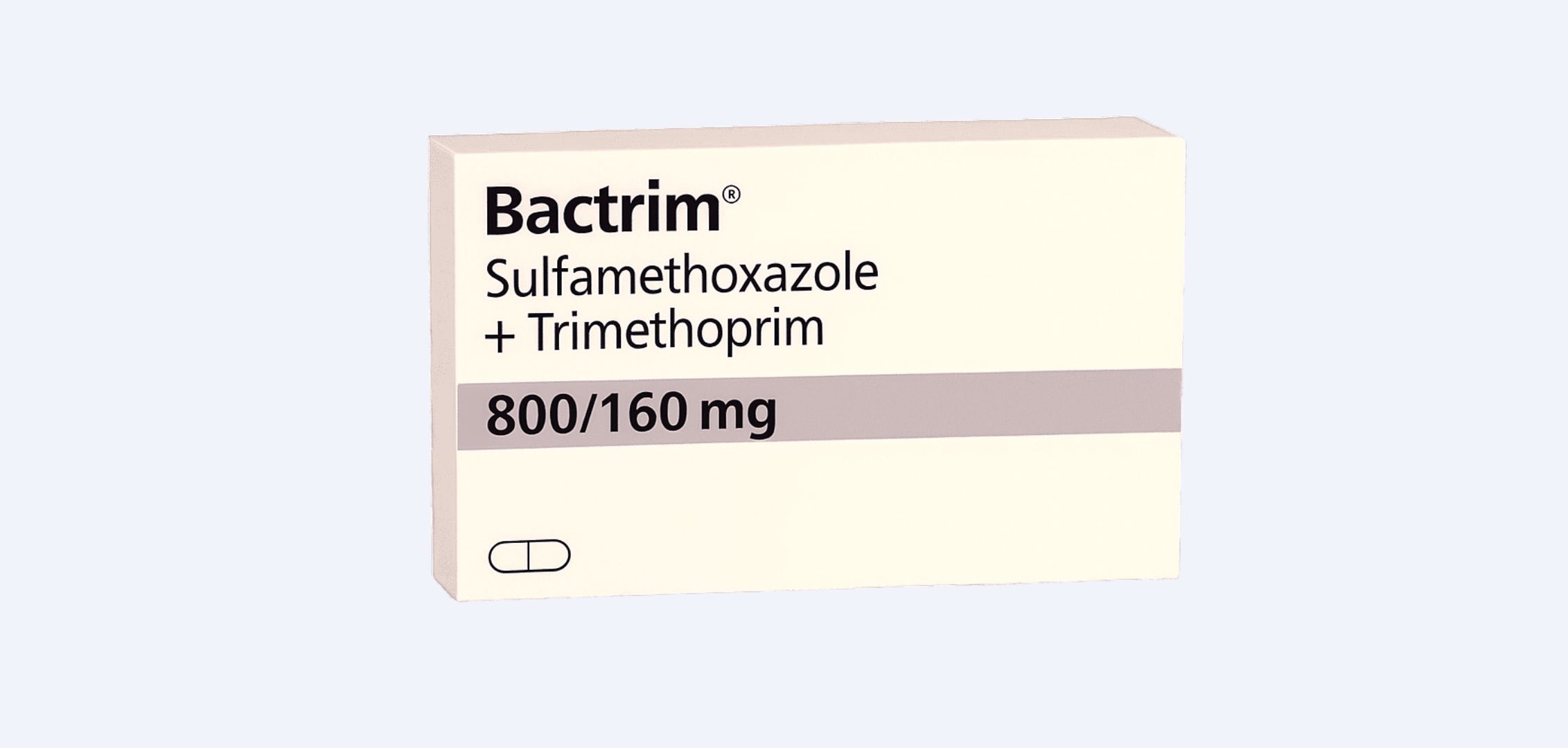
 Need a prescription for your child's impetigo?
Need a prescription for your child's impetigo?